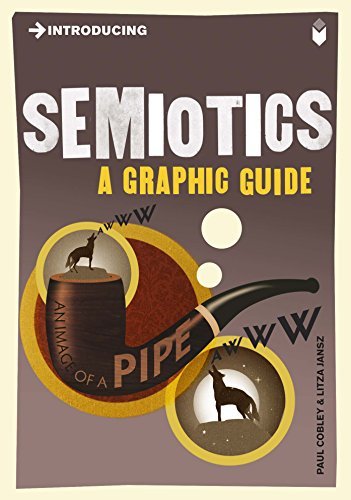What do you think?
Rate this book


307 pages, Kindle Edition
First published July 20, 1993

"There was a developed capacity for language; but this was unaccompanied by speech. Language therefore evolved for the purposes of cognitive modelling rather than the purposes of communicative message-swapping. As such, language can be understood as mental processing rather than as a tool for communicating with other beings. Communication among early humans was carried out by non-verbal means; it was only later that language was co-opted for the verbal communicative function."